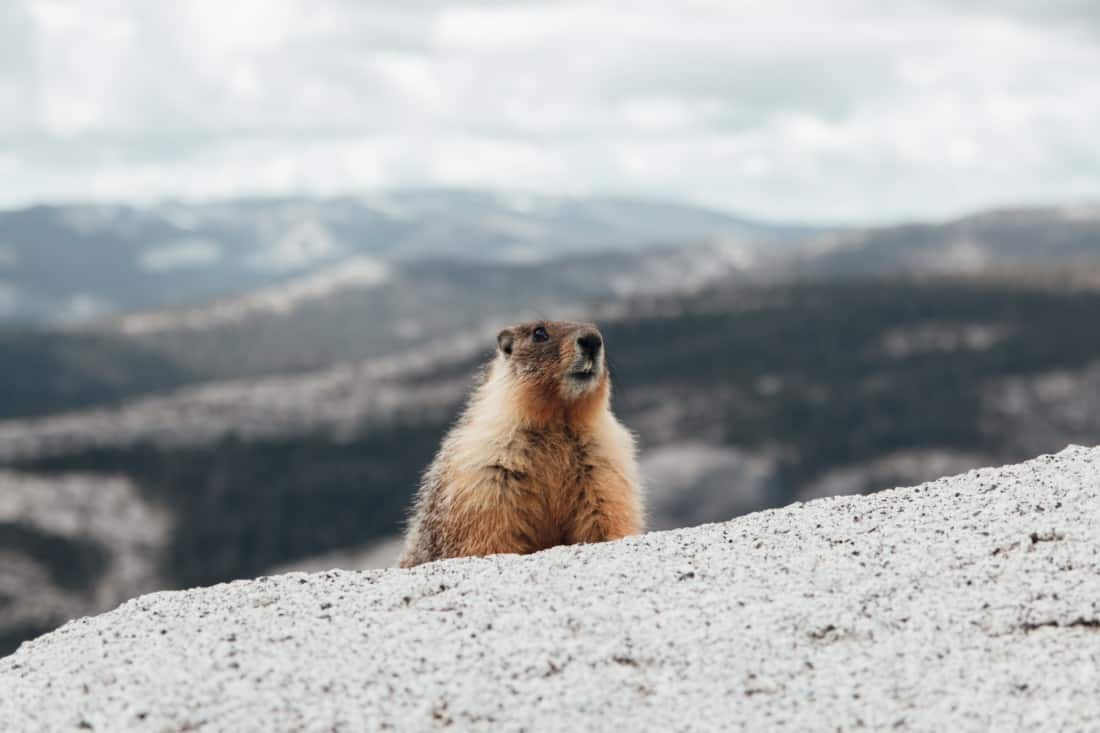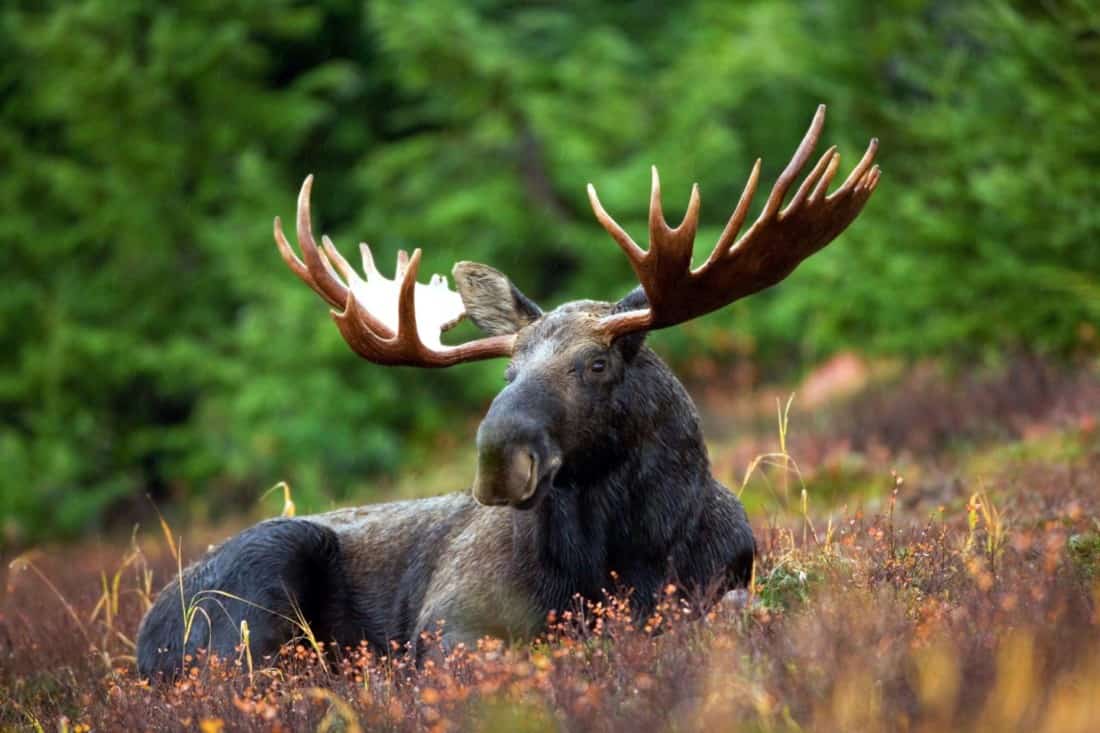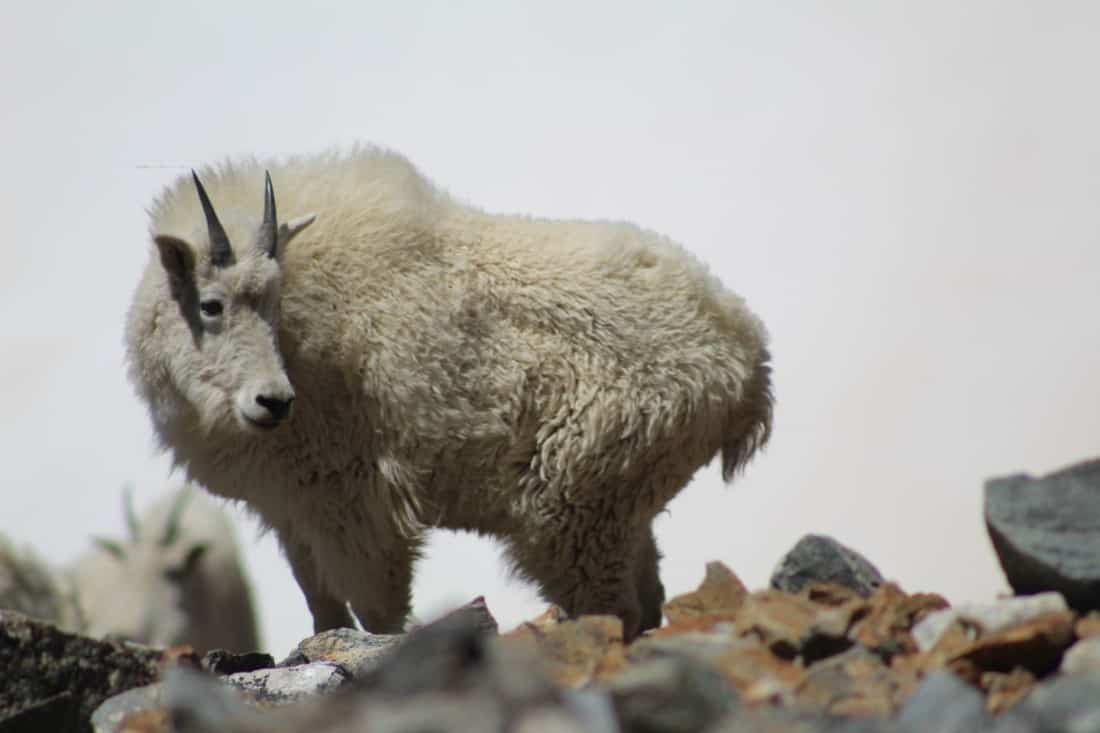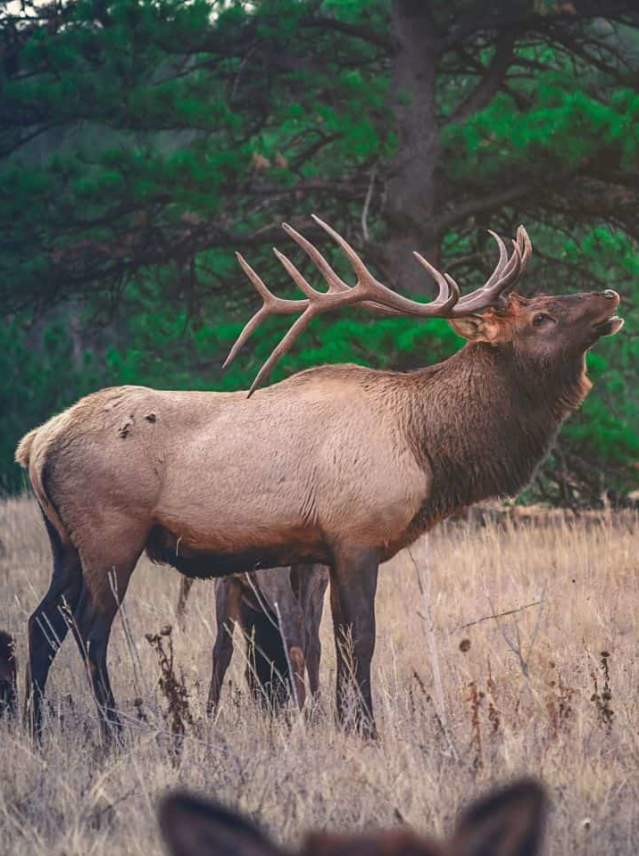Rocky Mountain National Park Wildlife

Wildlife viewing is one of the most popular activities in Rocky Mountain National Park. Large mammals like elk, bighorn sheep, moose, mule deer and black bear are the main attractions, although smaller mammals like fox, otter, marmot and beaver are also common. Visiting the park during the elk rut (mating season) in the fall–when the Aspen trees and meadow grasses turn gold and you can hear the elk bugling to each other at night–is one of Rocky’s most memorable experiences.

Avid bird-watchers flock to the park for the chance to peep more than 280 recorded bird species like golden eagles, White-tailed ptarmigans, prairie falcons, Clark’s nutcrackers, Steller’s jays and water ouzels, to name a few.Mountain lions are present, however it is very rare to see one in the park. Lynx, wolves and wolverines are also rumored to be in the area, although no sightings have been formally confirmed.
One of the best wildlife viewing regions in all of Rocky Mountain National Park is the Kawuneeche Valley, just a few miles from the town of Grand Lake. There are numerous places for vehicles to pull over to look for wildlife along Trail Ridge Road, but one of the best ways to catch a glimpse is by settling in at one of the many comfortable and scenic picnic areas located at the Harbison Meadow and Holzwarth historic sites and the Coyote Valley and Bowen/Baker trailheads. So pack a snack (and your binoculars!) and wait for the animals to make an appearance. While its possible to spot wildlife anytime, keep in mind that many animals are most active at dawn and dusk, and when the weather is cool and cloudy.

Although they may seem cute and gentle, it’s important to remember that all wild animals are capable of acting aggressively and erratically at any time. Here are some guidelines for viewing wildlife in a way that is safe for both you and the animal:
- View from a distance of at least 100 feet away
- Do not feed the animals
- Do not touch or pickup any animal–even if it seems sick, hurt or lost
- Do know throw things, yell at, or otherwise harass the animals
- Keep small children within an arm’s reach
- If you are on the trail or camping be prepared with bear spray and bear canisters for food


